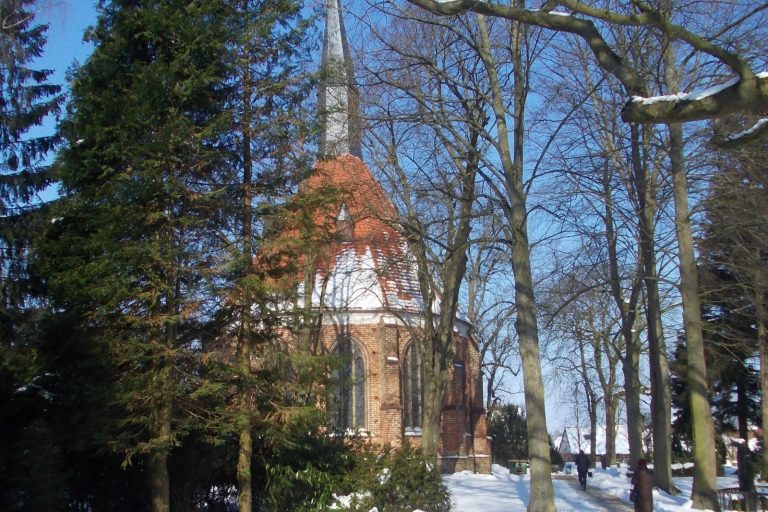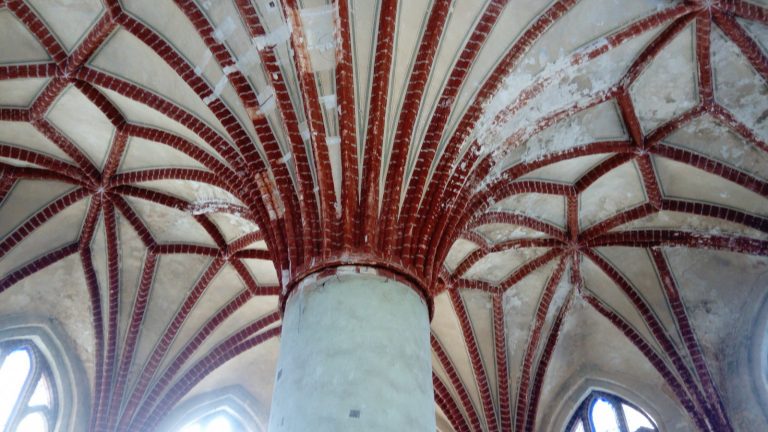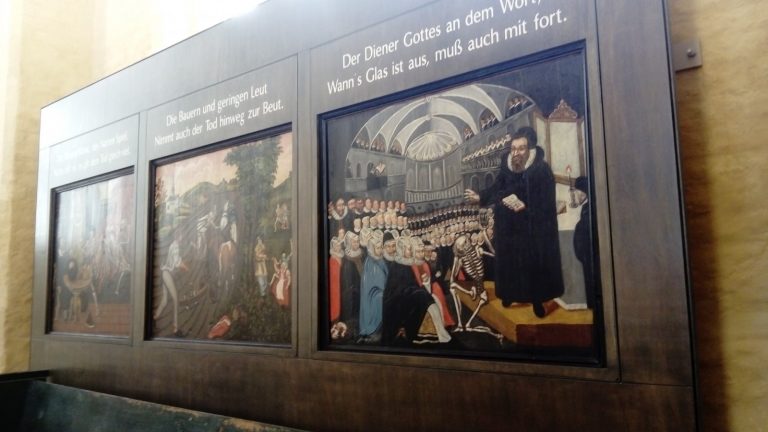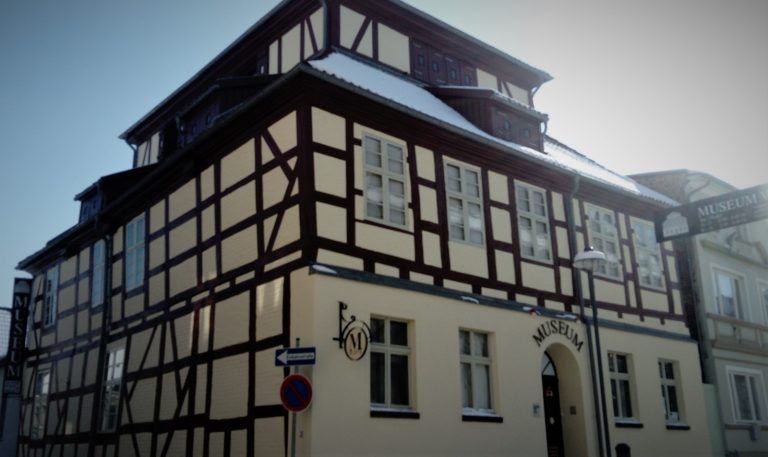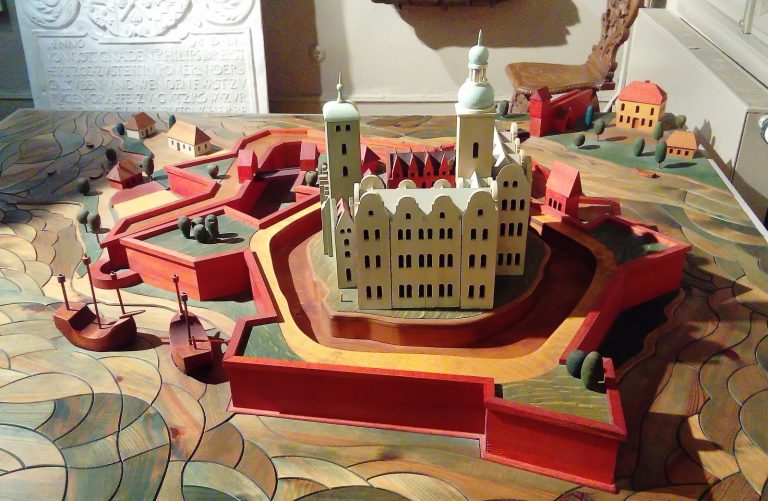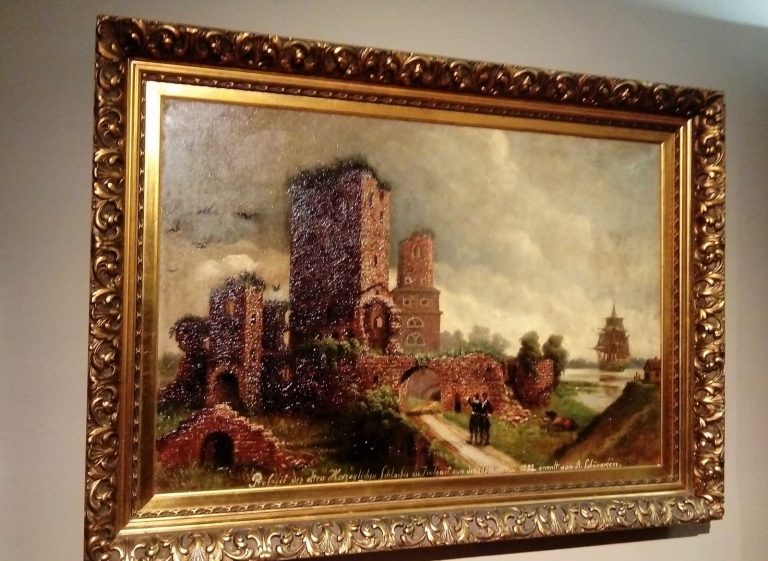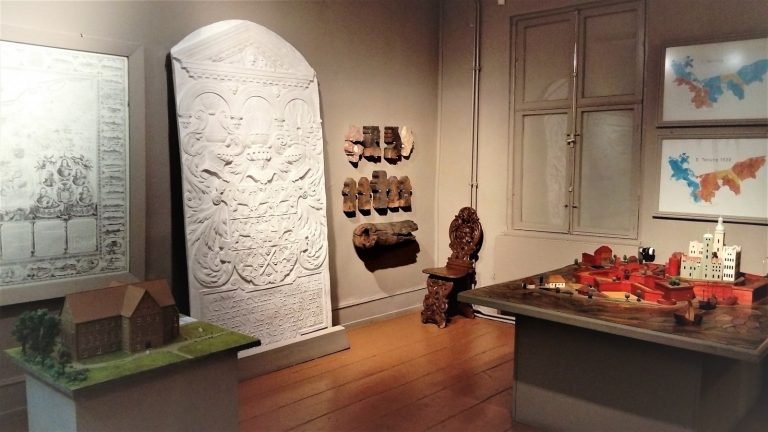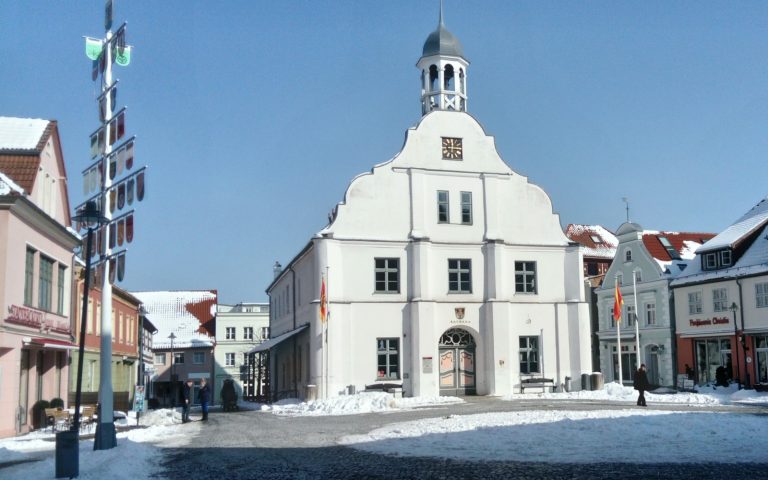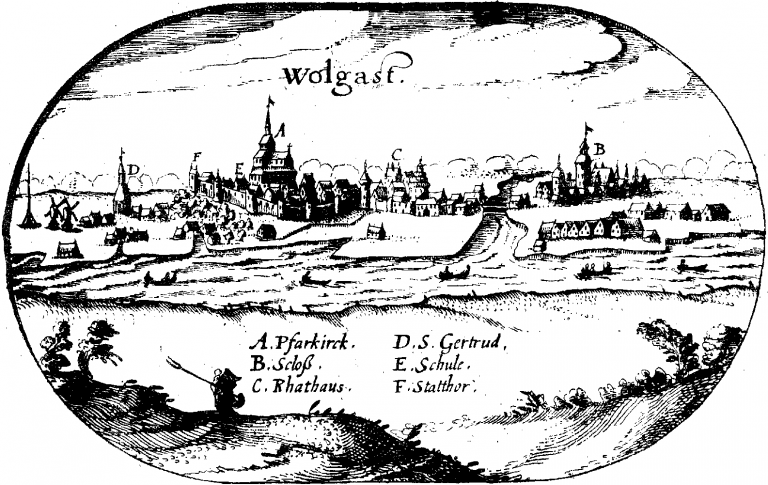LOCATION
Wolgast (Wołogoszcz)– a city in Mecklemburg-Western Pomerania, approx. 30 from Greifswald, 40 km from Świnoujście and 125 km from Szczecin. The city is located by the Piana Strait by the estuary to the Baltic Sea. It is called „the gate to the island of Usedom”. There is a marina here, so you can get here not only by car and by train but also by yacht. 54°03′11″N 13°46′31″E

SCENIC CHARACTER
Since 2010 it’s been officially called the City of Dukes’. It was one of the capitals of the Pomeranian Duchy. The beginnings of the city date back to 1128 when the Pomeranian duke Vratislav arrived there together with the bishop Otto from Bamberg with a Christian mission. With the expansion of the Duchy of Pomerania in the 15th century a huge castle, the seat of Pomeranian Dukes, was built on the peninsula (The Castle Island). Many representatives of the Griffins dynasty were born there. Nowadays the castle no longer exists. Its miniature and a part of the remaining equipment can be seen in the City History Museum „Kaffeemühle”, where you can learn the history of the city. Nearby there is a 13th-15th-century Gothic Basilica of St. Peter, which became a church of dukes in 1532. The church is one of the most important necropolis of the dukes of the Griffins dynasty. There are two crypts in it with richly decorated sarcophaguses of dukes. The entrance to the crypt is covered by a board with the Grand Coat of Arms of the Pomeranian Duchy. In the church you should also pay attention to the epitaph of Prince Philip I with the coat of arms of the Pomeranian region. On one of the pillars there is a coat of arms of the prince Bogusław X and in the northern room of the tower there is the coat of arms of the dukes from the 16-th century. Both serve as reminders of the reconstructions carried out in the castle of the Wolgast. The memory of the magnificence of Wolgast in Dukes’ time has survived in the coat of arms of the city, in which two black griffins, supported by paws and keys, embrace the castle tower.
ATTRACTIONS
Wolgast with the Church of St. Peter and the chapel of St. Gertrude belongs to the European Brick Gothic Route. It is an architectural style characteristic for countries in the South Baltic area. You can enter the tower of the church of St. Peter to admire the panorama of the city and the Island of Usedom. Chapel of St. Gertrude is a twelve-sided brick building with a central column and a stellar vault from the 15th century. In the square there is a baroque town hall which fell victim to fires during the Thirty Years’ War, but in the years 1720-1724 it was entirely rebuilt. There is a museum port between Castle Island and the old town. The oldest railway ferry in Europe – a steamer named „Stralsund” – is moored there. In 1777 in Wolgast the famous German illustrator and painter Philipp Otto Runge was born. He is considered to be an outstanding portrait artist and landscape painter, one of the precursors of Romanticism in German art. Full-sized copies of Runge’s paintings are exhibited in the house where he was born and the originals are in the gallery in Hamburg. A great attraction, especially for young tourists, is the Familienterpark.




